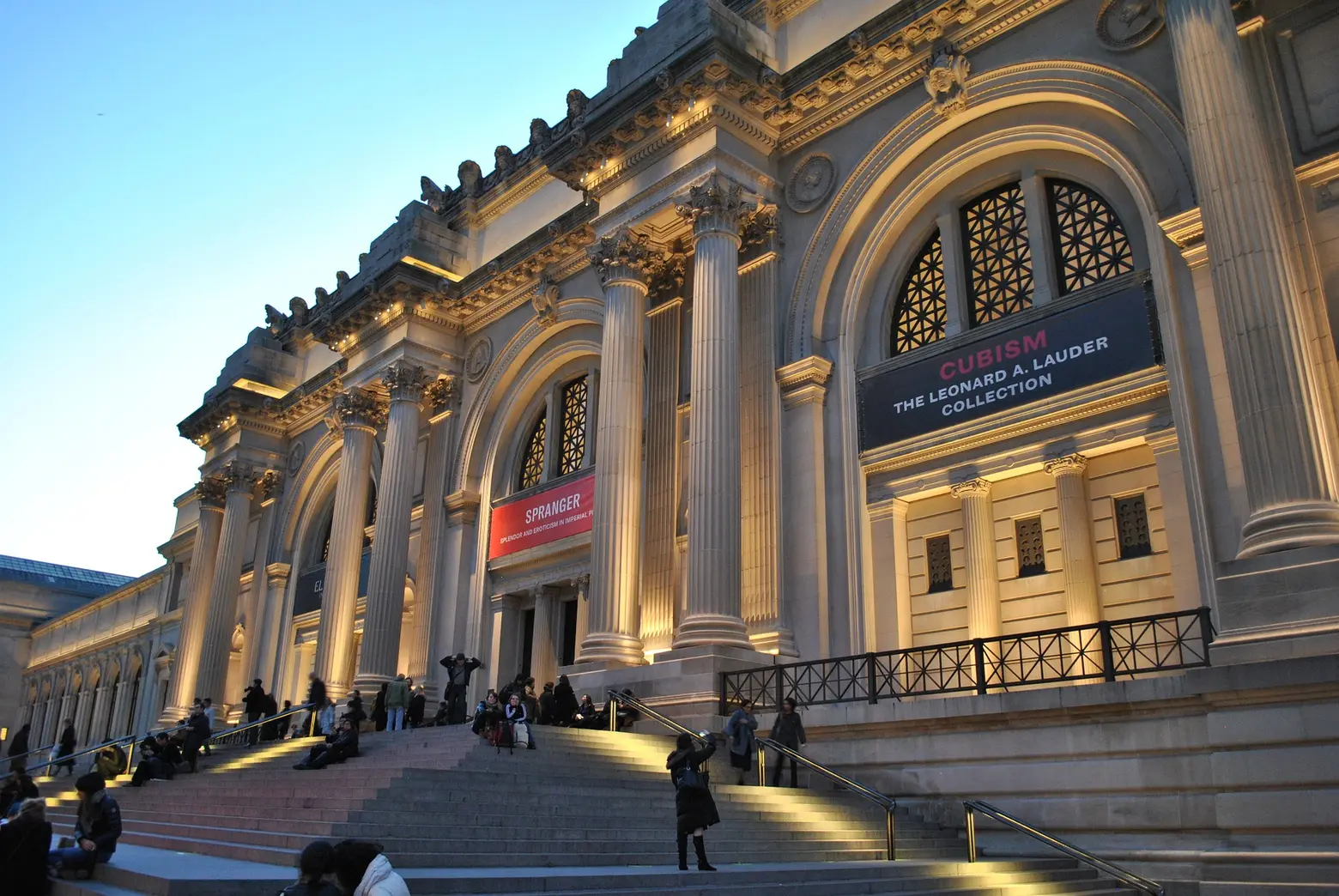Petition launches against the Met’s plan to sell art amidst $150M deficit

Image by anielbaez0 from Pixabay
In early February, the Metropolitan Museum of Art began talks about selling some of its artworks in the face of a $150 million deficit. As the New York Times explained, the Association of Art Museum Directors created a two-year window during which its members could use the proceeds from sales of works in a collection to pay for its own expenses as opposed to just for future art purchases, as was the rule in the past. But a new Change.org petition is calling for the Met’s board members, many of whom are billionaires, to foot the bill instead of selling off its art.
The petition was started by Tyler Green, an Asheville, North Carolina-based author, historian, and art critic. At the time of publishing, the petition had a total of 21,421 signatures. On the page, he writes, “The Met’s board is responsible for the institution. It is chock-full of billionaires. Billionaire wealth alone increased $1 trillion during the first nine months of the pandemic… We call upon the Met’s senior staff leadership to resist any attempts to sell off the art the Met holds in the public trust. It is inappropriate for senior staff to consider selling off the Met’s art.”
In addition to its wealthy board, the Met has a $3.3 billion endowment. Since the beginning of the pandemic, it has laid off 20 percent of its staff. It has also closed its Madison Avenue outpost in the Breuer building (the former home of the Whitney Musem of American Art) and signed the lease over to the Frick Collection, which will save the Met $18 million.
The practice of an institution managing its collection through the sale of its artworks is known as deaccessioning. Typically, museums do this to acquire newer or better works. In the wake of the pandemic, though, the Association of Art Museum Directors relaxed its rules through April of 2022 so that museums could use proceeds for “direct care of the collection.” But this has been an extremely controversial move.
As the New York Times explained in October, the Baltimore Museum of Art and the Brooklyn Museum both sought to take advantage of the relaxed rules. At a Sotheby’s auction, the Brooklyn Museum gained nearly $20 million selling seven works by artists including Henri Matisse, Joan Miró, and Claude Monet. The Baltimore Museum of Art, however, pulled its Sotheby’s auction just hours before it was set to go live. They would have sold off three works by Andy Warhol, Clyfford Still, and Brice Marden, amounting to $65 million earmarked for diversifying their collection. However, Unlike the Brooklyn Museum, who was in a very precarious financial position, the Baltimore Museum of Art “had a balanced budget and no layoffs or furloughs,” reported the Times. As Baltimore Magazine explained, the plan caused a major uproar in the art world.
When it comes to the Met, its curators will propose works for deaccessioning that are considered not vital to its collections or that are rarely shown. As the Times explains, “Works to be sold will then have to be approved by department heads, the museum’s director and the board before public auction.” More largely, the board also must approve a revision to the museum’s collections care policy, which is expected to be voted on at their March meeting.
In an interview with the Times, the Met’s director Max Hollein said of his decision to begin conversations with auction houses: “None of us have a full perspective on how the pandemic will play out. It would be inappropriate for us not to consider it, when we’re still in this foggy situation.”
Thomas P. Campbell, the Met’s former director, spoke out publically via his Instagram about the proposal, calling it a “slippery slope.” He wrote: “Deaccessioning for operating costs will disincentivize future art donations; it will release boards and civic authorities from their responsibility to find financial support for their art museums; it will encourage new debate about assessing museum art collections as fungible assets; and it may undermine the foundation of the tax deduction that incentivizes private philanthropic support of art museums.”
Tyler Green seconded this notion in an interview with 6sqft. “When I talk to art museum directors around the country, they are certain that what will happen if the Met is allowed to or is able to go forward, is that it’s going to be art museum collections as piggybanks for all.”
Mr. Green also gave a personal account of why this issue could be so detrimental. As an art historian and author, he regularly requires access to works in a museum’s collection. His first book was a biography of photographer Carleton Watkins, whose work is overwhelmingly held by art museums, libraries, and related institutions. “Because of that, it was a book I could write,” Green says, explaining that he didn’t need to ask permission to view works in private collections or obtain rights to print the images. What the Met is proposing, he says, will “rollback the treatment of art as open to all and accessible to all.”
RELATED:




























